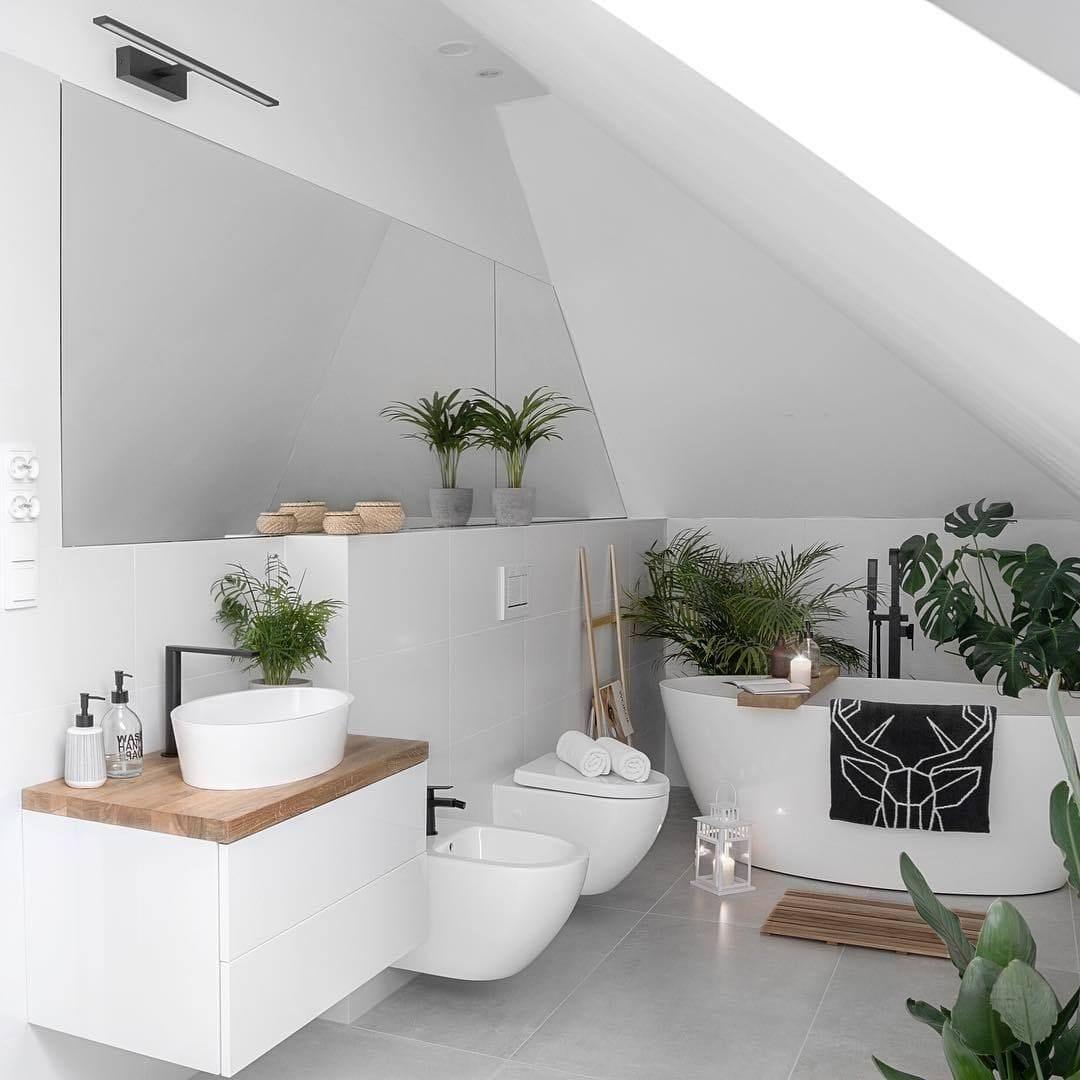What is a Bidet?
Splash into cleanliness: Bidets, the bathroom's sophisticated secret weapon. From French furniture to high-tech hygiene, discover why your bottom deserves better than paper!

Ah, the bidet. It's the bathroom fixture that makes Americans blush, Europeans nod knowingly, and everyone else wonder, "Why aren't these everywhere?" If toilets had a sophisticated European cousin, the bidet would be it. But what exactly is this mysterious bathroom addition that's been making waves (pun intended) in personal hygiene?
A bidet is a plumbing fixture designed to clean your nether regions after using the toilet. It's like having a tiny, personal shower for your bottom, proving that sometimes, water does indeed do a better job than paper. Think of it as the spa treatment your behind never knew it needed.

Understanding the Concept of a Bidet
At its core, a bidet is a device that sprays water to clean you up after you've done your business. It's like a tiny power washer for your posterior, but don't worry – it's much gentler than it sounds. Bidets come in various forms, from standalone fixtures that look like low sinks to attachments that can be added to your existing toilet, bringing a touch of European sophistication to your bathroom design.
Historical Context
The word "bidet" comes from the French word for "pony," and no, it's not because you ride it (please don't try). The name comes from the straddling position one would take when using early bidets, which resembled small horses.
Bidets have been around since the 17th century, first appearing in France as a fixture in the bedroom (talk about breakfast in bed gone wrong). Over time, they migrated to the bathroom and spread throughout Europe, Asia, and South America. Meanwhile, North America largely missed the boat, clinging to toilet paper like a security blanket.
Types of Bidets
Bidets come in several forms, each with its own unique features:
- Standalone Bidets: These are separate fixtures that look like a cross between a toilet and a sink. They're the classic bidet experience.
- Bidet Attachments: These devices attach to your existing toilet, adding bidet functionality without the need for extra plumbing.
- Bidet Toilet Seats: These replace your current toilet seat and come with built-in bidet features, often including heated seats and adjustable water temperature.
- Handheld Bidet Sprayers: Think of these as tiny shower heads attached to your toilet, giving you more control over the cleaning process.
- Travel Bidets: Portable bottles with nozzles for the bidet enthusiast on the go. Because why should your home have all the fun?
The Functionality and Benefits of Bidets
Bidets are the unsung heroes of bathroom hygiene. They can:
- Provide a more thorough clean than toilet paper alone
- Reduce the use of toilet paper, making them an eco-friendly option
- Offer relief for people with hemorrhoids, infections, or other sensitivities
- Improve personal hygiene, especially for those with mobility issues
- Save money in the long run by reducing the need for toilet paper

Using Bidets in Home Bathrooms
Bidets can be a fantastic addition to your bathroom:
- Master Bathroom: Install a standalone bidet or upgrade to a bidet toilet seat for a luxurious experience.
- Guest Bathroom: A bidet attachment can provide visitors with a unique and hygienic option.
- Powder Room: A handheld bidet sprayer can be a space-saving solution in smaller bathrooms.
Making the Most of Bidets in Small Spaces
If you're dealing with limited bathroom space, don't worry – you can still join the bidet revolution:
- Opt for a bidet attachment or bidet toilet seat instead of a standalone fixture.
- Choose a slim design that won't add bulk to your existing toilet.
- Consider a handheld bidet sprayer that can be discreetly attached to your toilet or stored nearby.
Choosing the Right Bidet for Your Bathroom
When shopping for a bidet, consider these factors:
- Space: Determine whether you have room for a standalone bidet or if an attachment would be better.
- Budget: Bidet options range from affordable attachments to luxury bidet toilet seats.
- Features: Decide which features are important to you (e.g., water temperature control, air dryer, heated seat).
- Installation: Consider whether you're comfortable with DIY installation or if you'll need a professional.
- Water Pressure: Ensure your bathroom's water pressure is sufficient for your chosen bidet.
Care and Maintenance of Your Bidet
To keep your bidet in tip-top shape:
- Clean regularly with mild soap and water.
- For bidet attachments and seats, follow the manufacturer's cleaning instructions.
- Check and replace any filters as recommended.
- Inspect connections periodically to ensure there are no leaks.
Final Thoughts
Bidets are more than just a bathroom trend; they're a revolution in personal hygiene that's been long overdue in many parts of the world. Whether you're looking to reduce your environmental impact, improve your cleanliness, or just add a touch of European flair to your bathroom, a bidet might be the perfect addition to your porcelain throne room.
From their humble beginnings as French furniture to their current status as high-tech toilet accessories, bidets have come a long way. So why not give your behind the royal treatment it deserves? After all, in the world of personal hygiene, it's time to leave the medieval times (and paper) behind.
Check out bidets and toilet accessories on Spoken and never overpay making your home beautiful!
Quick facts
What is the point of a bidet?
A bidet provides thorough cleaning after using the toilet, reducing toilet paper use and offering a gentler, more hygienic option.
Do you still have to wipe after using a bidet?
Some prefer to pat dry after using a bidet, though modern bidets often include air-drying features.
Is a bidet more sanitary than wiping?
Yes, bidets are generally more sanitary, as water provides a more thorough clean than wiping alone.
Does a bidet get you wet?
Yes, a bidet sprays water for cleaning, but the wetness is controlled and usually dries quickly.

Dane Hurtubise
Co-founder & CEO of Spoken
Dane Hurtubise is the Co-founder & CEO of Spoken. He has led two venture-backed companies and is a two-time Y Combinator alum. Prior to Spoken, Dane sold his previous company, Parklet, to Greenhouse Software where he served as VP of Platform and Partnerships. An avid runner, cyclist, and Pilates enthusiast, Dane holds a BS in Electrical and Computer Engineering from the University of Texas at Austin.
Read more

